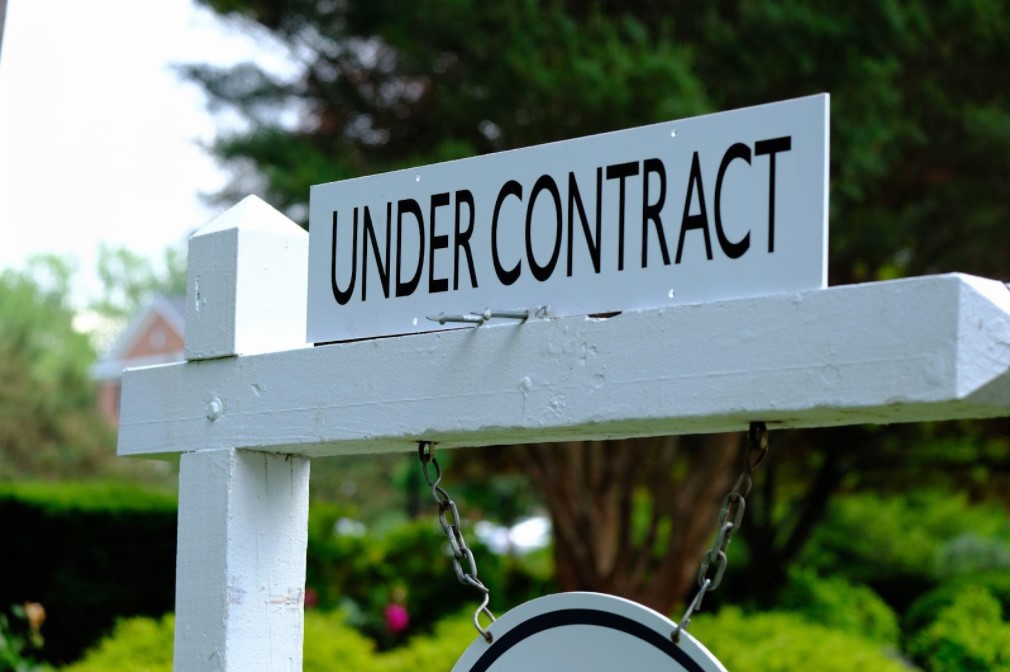
For prospective homebuyers ready to make an offer, three terms can leave you feeling farther from your dream home than ever. If a property is in contingent, pending, or under contract status, the seller has accepted an offer. For a seller, having a home active under contract signifies a solid offer — unless the contract falls through. Knowing the differences between contingent, under contract, and pending homes can help buyers determine if it’s worthwhile to put in an offer anyway.
Learn the differences between contingent, under contract, and pending, and contact Matt directly with any remaining questions you might have.
What Does “Under Contract” Mean?
If you want to buy a home under contract, understand that the seller has already accepted a formal offer from another buyer. Once all contingencies are satisfied, the deal will typically close. Still, there’s always a chance the deal won’t go through. Consult with your agent to determine whether you should move forward with an offer on a home under contract.
Contingent Status
If a house is under contract, you may notice it’s listed as contingent in the MLS. This means not all specifications of the contract have been met. Examples include inspection reports uncovering defects on the property, financing pending on the buyer side, or a clause making the deal dependent on the buyer selling their current home.
For a buyer, it sometimes makes sense to put an offer on a property if it has been in contingent status for a long time. When you sell your home, you can set contingencies on what you consider an acceptable offer. Setting contingencies legally binds the prospective buyer, so they cannot pull out without consequences (such as losing their deposit) if they find another home.
Sometimes, a seller will offer in-kind contributions such as leaving behind a hot tub or furniture in lieu of resolving a defect, such as faulty plumbing, that could delay the closing.
Pending Status
When the buyer and seller agree to a sales price and meet all contingencies, the selling agent typically removes the property from the market. They do this by updating the MLS status to pending. If you want to buy a house in this status, you still have a shot since the deal hasn’t officially closed.
Keep in mind that pending status indicates a deal close to closing. However, the outcome of an appraisal or home inspection could change that status quickly. Additionally, the buyer’s financing could fall through.
Understanding the differences between contingent, under contract, and pending can help homebuyers and sellers determine whether to accept or make offers on a property.
What happens if you make a backup offer on a property under contract? The listing agent will notify your agent if the original contract closes as part of the award and proposal process. On the other hand, if the deal falls through, the seller can still accept a backup offer.
What Do Subcategories Under These Terms Mean?
Now that you know the differences between contingent, under contract, and pending statuses, it’s time to discuss subcategories you may see on the MLS. For example, “Pending – Over 4 Months” may indicate that the seller’s agent has forgotten to update the real estate listing.
A pending or contingent status represents a contract is underway. However, many sellers continue taking backup offers up until the closing. So, look for a “Contingent – Continue To Show” or “Contingent – No Show” status to determine if you can see the property.
Matt Dejanovich is a real estate agent serving buyers and sellers in the Ann Arbor, Michigan, area, including Saline, Dexter, Manchester, Chelsea, and Ypsilanti. He is the top individual agent in the area and a valuable resource for homebuyers and sellers looking for a better understanding of the process. For more information about properties for sale in and around Ann Arbor, reach out to Matt today!